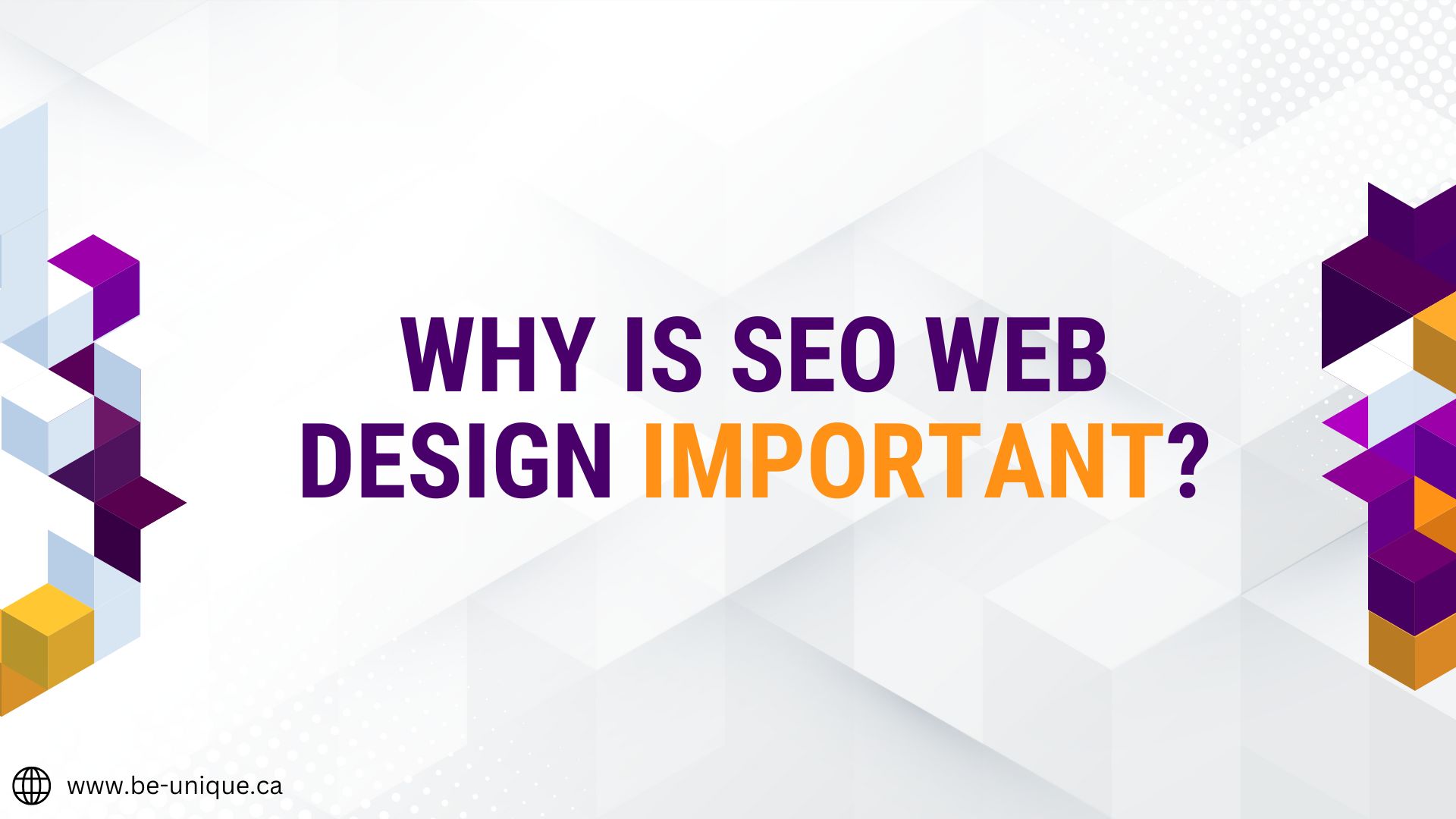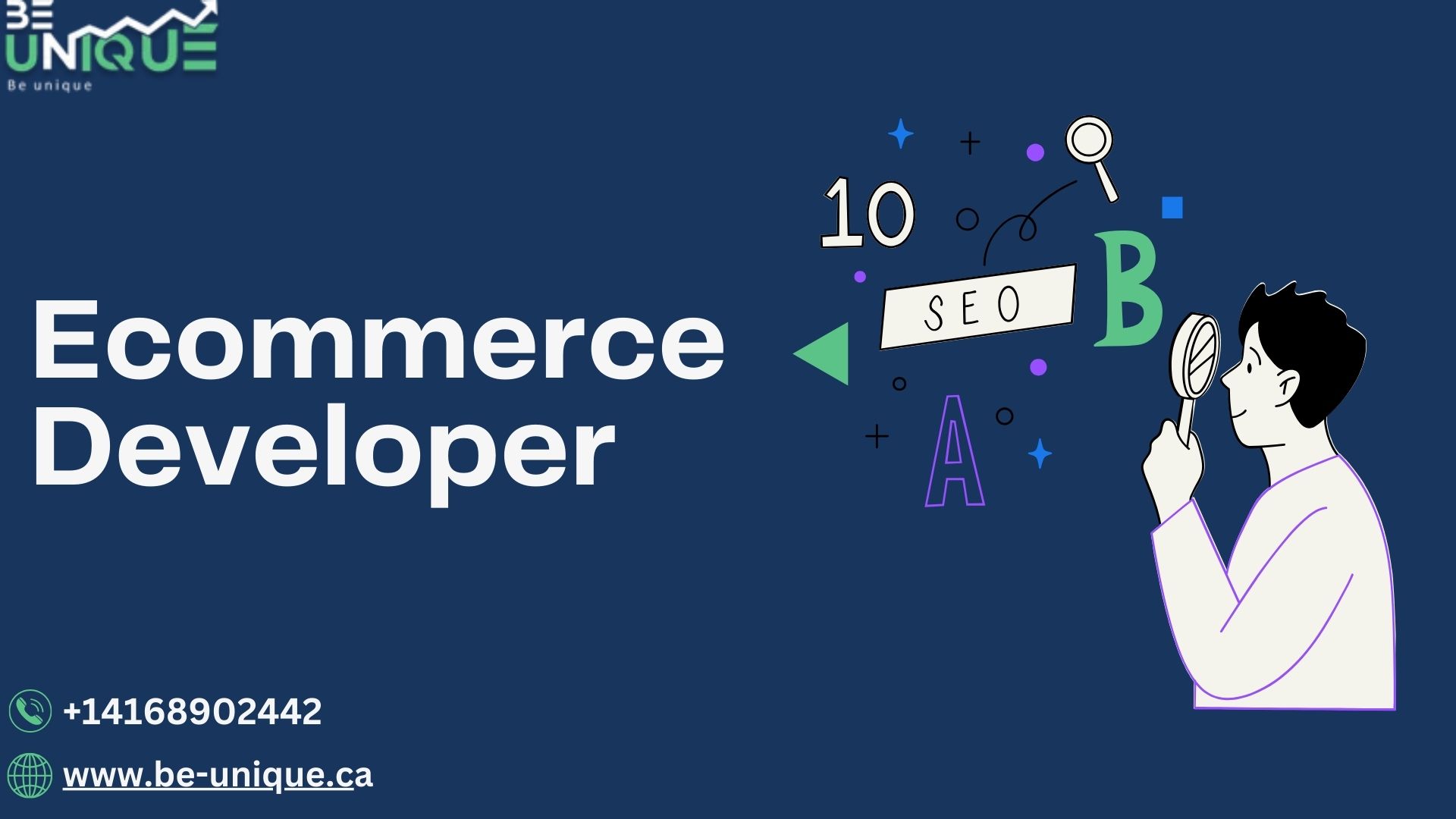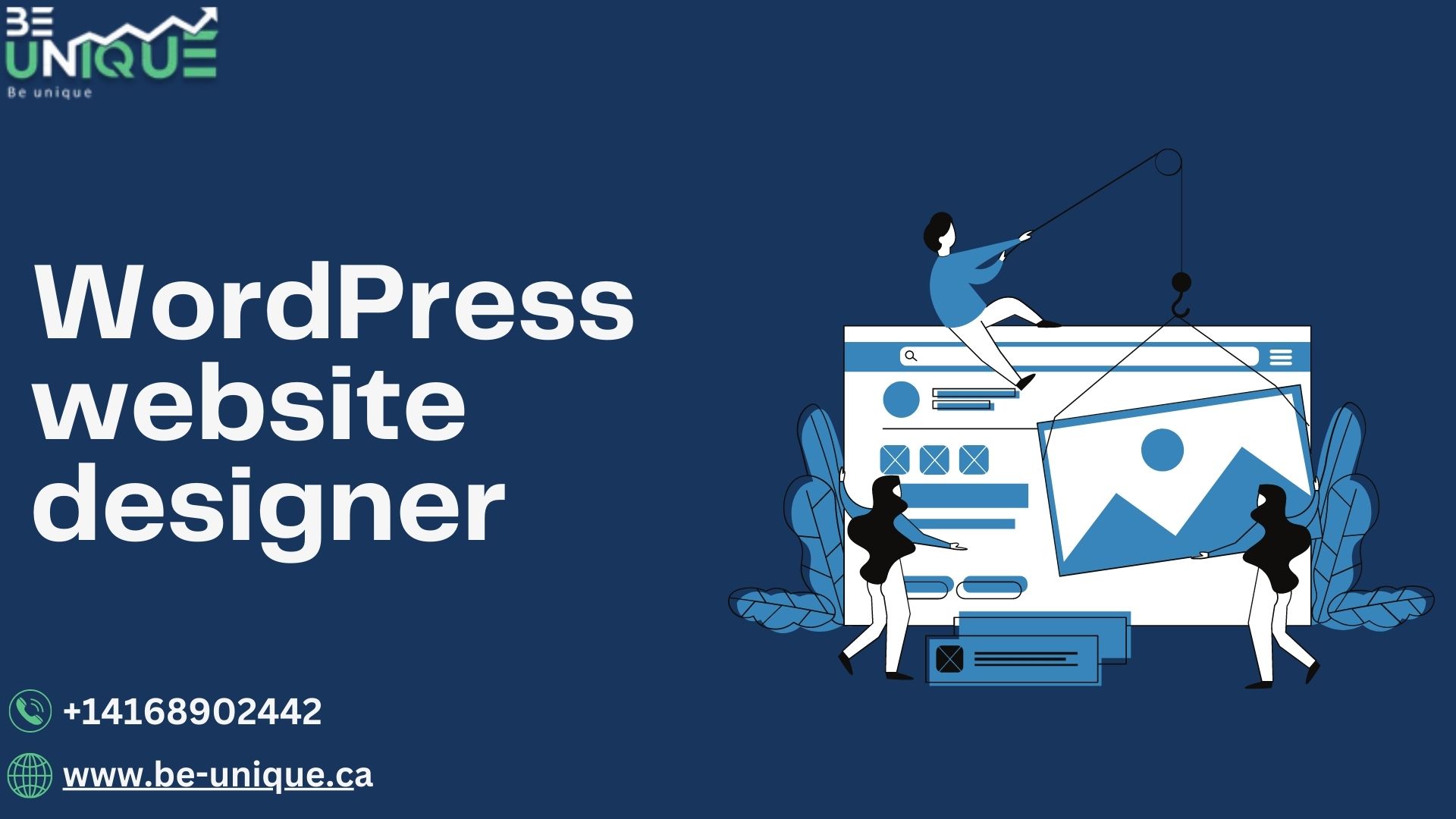Introduction
Web design and SEO play a crucial role in shaping the online success of businesses.
In today’s digital landscape, having a strong online presence is crucial for businesses to thrive. A well-designed website that incorporates effective search engine optimization (SEO) strategies can make a significant difference in attracting organic traffic, engaging visitors, and driving conversions. Web design and SEO go hand in hand, as they work together to create a user-friendly, visually appealing, and search engine-friendly website.
In this article, we will explore the importance of web design and SEO, and how businesses can leverage these strategies to maximize their online success. We will delve into the key factors involved in optimizing web design for SEO, the benefits of integrating SEO principles into the design process, and the role of content and user experience in enhancing website performance.
Whether you are a small business owner, an entrepreneur, or a marketing professional, understanding the synergy between web design and SEO is essential for building a competitive online presence. So let’s dive in and discover how you can harness the power of web design and SEO to elevate your business to new heights.

Why is SEO web design important?
- Enhancing Organic Traffic through SEO Web Design Effective SEO website design can significantly boost organic traffic to your site. By creating a user-friendly and well-structured website, you increase the chances of ranking higher in search engine results for relevant keywords. This, in turn, attracts more visitors who are actively searching for products or services related to your business, increasing the likelihood of conversions.
- Driving Conversions with SEO Web Design The ultimate goal of your website is to convert visitors into customers. With SEO-optimized web design, you can ensure that your website is not only attracting traffic but also driving conversions. By optimizing the design elements and user experience, you create a seamless journey for users to take desired actions, such as making a purchase, signing up for newsletters, or engaging with your brand. Tracking and optimizing these micro-conversions can provide valuable insights for further improving the user experience and driving more conversions.
- Improving User Experience with SEO Web Design User experience is crucial for the success of any website. An SEO-focused web design ensures that your site is not only search engine friendly but also provides a positive experience for visitors. This involves factors such as responsive design, intuitive navigation, fast loading times, and clear and concise content. By prioritizing user experience alongside SEO optimization, you create a website that is both appealing to search engines and user-friendly.
- Creating a Search Engine Friendly Website through SEO Web Design Web design and SEO are closely intertwined. A well-designed website that incorporates SEO principles ensures that search engines can easily access and index your content. This visibility plays a significant role in how your website ranks in search engine results. Key considerations in SEO web design include optimizing content, improving site navigation, utilizing appropriate linking strategies, and implementing compatible technology.
- Maximizing Marketing Budget with SEO Web Design SEO is a cost-effective strategy for reaching your target audience and generating leads. Compared to paid marketing or PPC, SEO provides long-term results and a higher return on investment with ongoing maintenance. While SEO may take time to show its full impact, the consistent organic traffic and ROI it generates make it a preferred choice for many businesses looking to optimize their marketing budget.
- The Role of Content in SEO Web Design Content plays a crucial role in any SEO strategy. A knowledgeable web designer should have a deep understanding of the information, products, or services your website aims to promote. By incorporating relevant keywords during the design phase, you can save time that would otherwise be spent on optimizing content later. Strategic keyword integration ensures that your website aligns with users' search queries, leading to improved visibility and attracting the right audience.
8 factors to optimize for web design and SEO
Web design and SEO optimization are essential for creating a successful website. Understanding the crucial factors that impact both aspects is key. Let’s delve into eight important factors to optimize for web design and SEO.
Code
When designing your website, it's crucial to use clean HTML and CSS code. Avoid using Flash, as it can hinder optimization efforts and negatively affect search engine rankings for web design and SEO.
Mobile-Friendliness
In today's mobile-centric world, ensuring your website is responsive and mobile-friendly is vital. Responsive design not only enhances user experience but also aligns with Google's mobile-first indexing, positively impacting your web design and SEO efforts.
Readability
Pay attention to the readability of your website's design elements. Choose fonts and sizes that are legible and user-friendly. Incorporate ample space for informative and optimized content, which is a fundamental aspect of web design and SEO.
Image Optimization
Optimize your images for web design and SEO by using descriptive file names that include relevant keywords. Additionally, compress image file sizes to improve page loading speed, benefiting both user experience and search engine rankings.
Alt Tags
When including images, make sure to utilize alt tags effectively. Describe the images concisely and incorporate relevant keywords where appropriate. Alt tags serve both SEO purposes and accessibility needs.
Navigation
User-friendly navigation is vital for web design and SEO success. Ensure your website's navigation is intuitive and easy to understand, enabling visitors to find information quickly. A well-structured navigation system improves user experience and reduces bounce rates, positively impacting SEO.
URL Structure
Optimize your website's URLs by incorporating descriptive keywords. Use hyphens to separate words, allowing search engines to understand the context of each page. An SEO-friendly URL structure improves visibility and relevance.
Page Speed
Page loading speed is crucial for both web design and SEO. Optimize your website's performance by minimizing code, compressing images, and leveraging caching techniques. A faster website enhances user experience, reduces bounce rates, and improves search engine rankings.
By incorporating these optimized elements into your web design and SEO strategy, you can create a website that ranks well in search engines, provides an excellent user experience, and drives organic traffic.

How to boost your web design with SEO
Boosting your web design with SEO involves integrating SEO principles into your design strategy. By optimizing your website for search engines, you can improve its visibility and attract more organic traffic. Here are some key steps to boost your web design and SEO:
Incorporate Relevant Keywords: Conduct thorough keyword research related to web design and SEO. Use these keywords strategically throughout your website, including in titles, headings, meta tags, image alt texts, and within the content itself.
Responsive Web Design: Ensure your website is responsive and mobile-friendly. This means it should adapt to different screen sizes and devices, providing an optimal user experience. Mobile-friendly websites are prioritized by search engines and can improve your web design and SEO rankings.
Page Speed Optimization: Optimize your website’s loading speed by minimizing file sizes, leveraging browser caching, and eliminating unnecessary scripts. A faster website enhances user experience and contributes to better web design and SEO rankings.
SEO-friendly URLs: Create SEO-friendly URLs that include relevant keywords. For instance, instead of using generic URLs like “www.yourwebsite.com/page1,” use “www.yourwebsite.com/web-design-and-seo-services” to improve visibility and keyword relevance.
Content Optimization: Produce high-quality, informative content that incorporates relevant keywords naturally. Create engaging blog posts, articles, and landing pages that address common questions and pain points related to web design and SEO.
Image Optimization: Optimize images by compressing file sizes, using descriptive filenames, and adding alt text. This helps search engines understand the context of your images and improves your web design and SEO.
User Experience Enhancement: Focus on delivering a seamless user experience by designing intuitive navigation, clear call-to-actions, and easy-to-use forms. Positive user experiences lead to longer website visits and decreased bounce rates, which can positively impact your web design and SEO.
Internal Linking: Implement internal links within your content to guide users to related pages and improve website structure. This aids search engines in understanding the relevance and hierarchy of your web design and SEO-related content.
Schema Markup:To boost web design and SEO Utilize schema markup to provide additional information to search engines about your website’s content. Implement structured data for things like reviews, events, and FAQs related to web design and SEO.
Social Media Integration: Integrate social media sharing buttons to encourage users to share your content on platforms like Facebook, Twitter, and LinkedIn. Social signals can indirectly impact your SEO efforts by increasing visibility and driving traffic to your website.
By implementing these strategies, you can boost your web design and SEO simultaneously, leading to improved visibility, increased organic traffic, and better overall performance in search engine rankings.
Conclusion
In summary, web design and SEO are essential for establishing a strong online presence. By incorporating effective web design strategies and optimizing for search engines, businesses can enhance organic traffic, drive conversions, improve user experience, and create a search engine-friendly website.
With SEO-focused web design, businesses can maximize their marketing budget, leverage the role of content, and boost their visibility. By following key practices such as keyword optimization, mobile-friendliness, page speed optimization, and clear navigation, businesses can create a successful website that ranks well in search engines, delivers a positive user experience, and drives organic traffic.
Partnering with Be Unique, businesses can benefit from their expertise, personalized approach, and unique packages that combine web design and SEO to supercharge their online presence.
Web design and seo
FAQ
SEO web design is crucial for businesses due to its ability to increase targeted traffic, improve conversion rates, and enhance user experience.
Factors such as responsive design, optimized navigation, fast page loading speed, and relevant content all contribute to improving user experience through SEO web design.
For successful optimization of web design and SEO, factors such as keyword research, mobile-friendliness, intuitive site architecture, high-quality content, and proper meta tags optimization should be considered.
Keywords are the foundation of SEO. They help search engines understand the relevance and purpose of your website’s content. By targeting specific keywords, you can attract more qualified organic traffic and improve your chances of ranking higher in search engine results.
While it is possible to design a website without considering SEO, it is highly recommended to incorporate SEO from the beginning. Implementing SEO-friendly elements during the design phase can save you time and effort in the long run.




